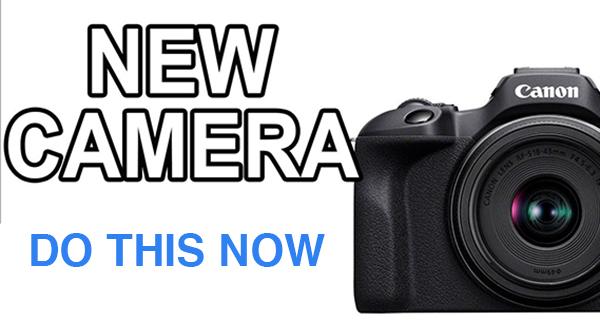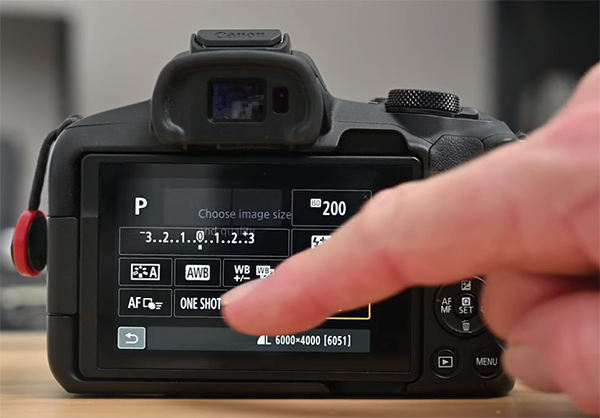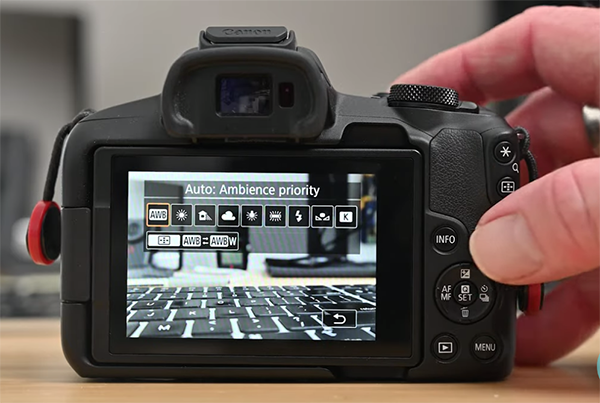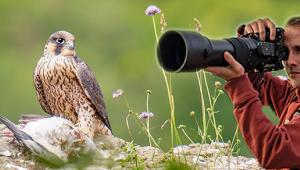Got a New Camera? Do THIS Before You Shoot (VIDEO)

Most photographers love upgrading their gear, especially when the purchase is a new camera. The temptation is to charge the battery, mount a lens, and head out the door for a test spin, but there are a few things you should do first if you want to take advantage of everything your new toy can do.
The video below comes from our friends at the Photo Genius YouTube channel, a great source of basic tutorials, gear reviews, and editing tips and tricks. In this quick primer you'll learn how to become familiar with your new camera and configure it properly to achieve the best possible results.
Instructor Paul Farris gets you started in barely nine minutes by describing features that may not have been available on your previous model, an explanation of how brands differ, and several great suggestions for the best camera settings to use for your particular style of photography. This lesson is primary designed for those new to our craft, but more experienced shooters will also pick a few tricks.

Farris uses a Canon R50 for this demonstration but he says, "the tips I'm sharing should apply to just about any new digital mirrorless or DSLR camera." A camera's Mode dial is the first place to start and Farris provides an overview of the various options available—some of which may be familiar while others may not. He then covers the why and how to make the proper choice for the specific task at hand.
You'll then learn how to interpret the data appearing on the rear LCD and see why that information changes depending on the position of your Mode dial. Farris explains other key physical buttons on most modern cameras and describes how to use them or the camera's touch screen to quickly change camera defaults and the settings he recommends.
Farris also illustrates the new features and buttons available with some modern lenses that factor into the equation. You'll learn a few tricks for protecting a camera's sensor, how the various camera modes affect the overall look of an image, and the importance of other camera features like Exposure Compensation and AF and Metering modes.

The few minutes you spend watching this lesson before heading out in the field will pay big dividends as soon as you start and forever more. You can find more helpful tips and tricks by taking a look at the Photo Genius YouTube channel, so be sure to do that as soon as you have time.
And on a related note, we suggest you watch the earlier tutorial we posted with another pro's take on the best camera settings to use; specifically for photographing landscapes, wildlife, and other outdoor subjects.
- Log in or register to post comments











































